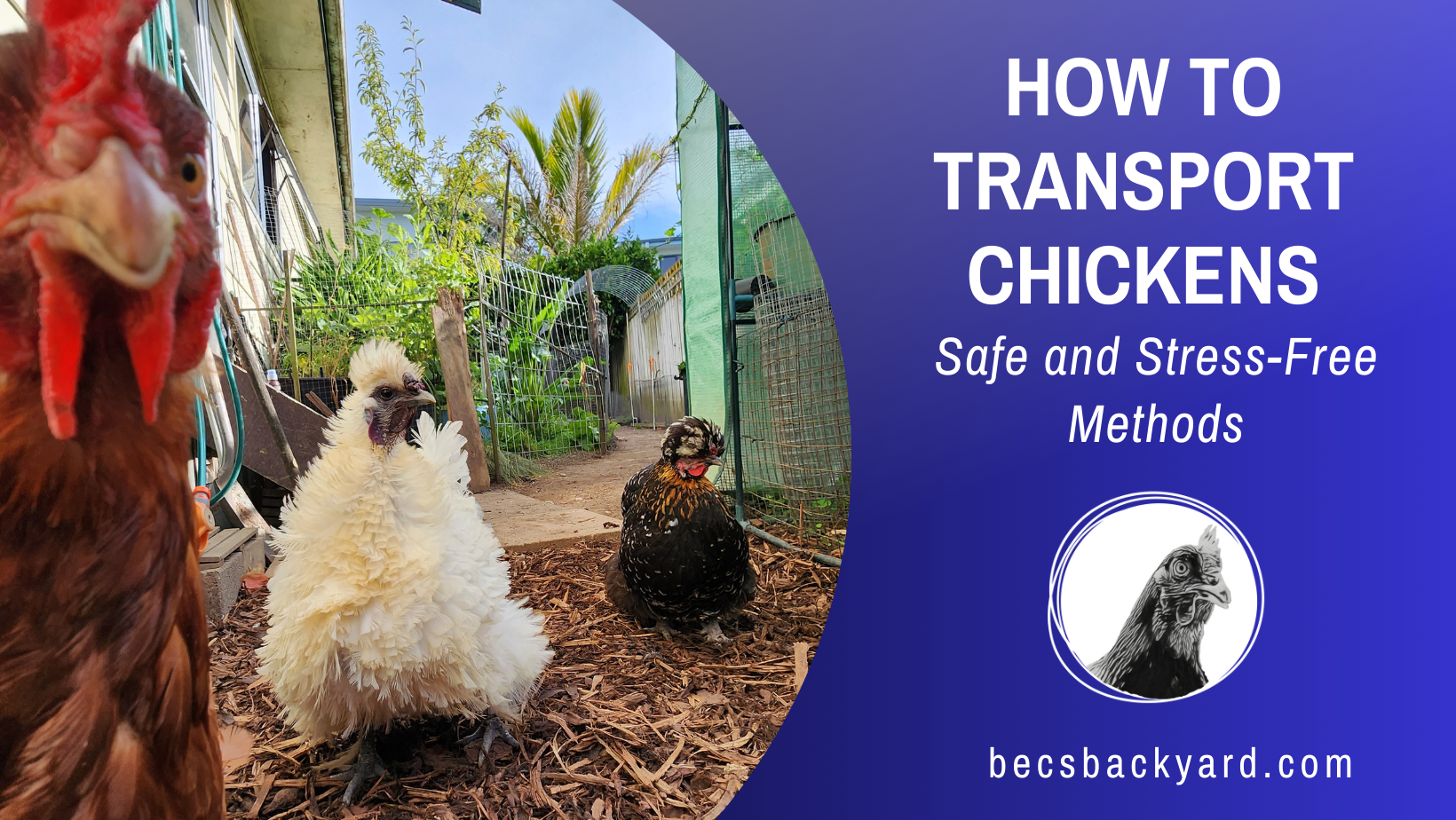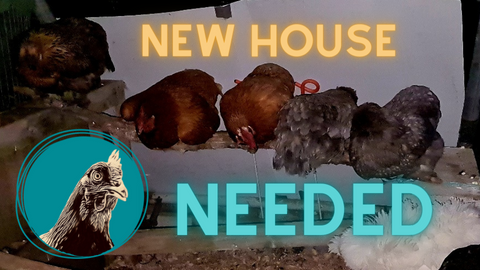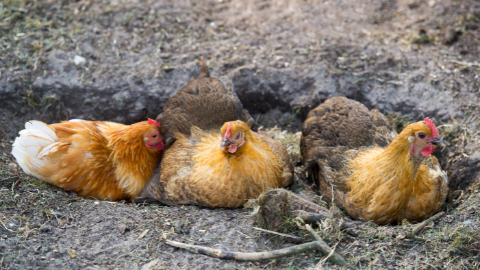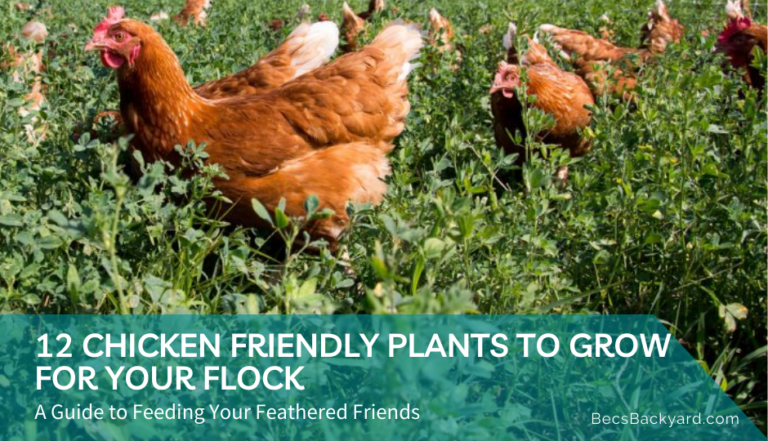How to Transport Chickens: Safe and Stress-Free Methods

Transporting chickens requires careful planning and execution to ensure their safety and minimize stress. Whether you are relocating your home, bringing in new stock, or taking birds to a show, it is crucial to understand the process of how to transport chickens safely. Appropriate containers or crates are vital for secure transit, allowing adequate airflow and enough room for your chickens to sit comfortably. It’s also important to provide sufficient food and water for the duration of the trip and to be prepared for the absence of egg production as your chickens settle into their new environment.
Before the journey, acclimatize your chickens to the containers to reduce their anxiety during transport. Maintain a comfortable temperature inside the vehicle, avoiding extreme heat or cold, which can be detrimental to your chickens’ health. It’s essential to monitor for any signs of distress or overheating, especially during longer travels. By following these guidelines, you can transport your chickens safely and with ease, ensuring they arrive at their destination in good health.

Preparing for Transportation
Before moving your chickens, it’s essential to ensure everything is in place for a smooth and stress-free journey. This means selecting the right carriers, preparing food and water supplies, and making the trip as comfortable as possible for your feathered friends.
Choosing the Right Containers
Chicken Crate Specifications:
- Ventilation: Adequate air flow to prevent overheating.
- Size: Ample space for the birds to stand without crouching and turn around.
- Material: Durable and easy to clean for reuse.
Suitable Carrying Container Checklist:
- Ventilation holes
- Sturdy construction
- Easy to open, secure doors
- Space for food and water
Securing Food and Water Supplies
Feeder and Drinker Set-Up:
- Location: Attach securely against the side of the crate to prevent spillage.
- Stability: Make sure they’re fixed firmly and don’t swing or tip.
Please note, that for short journeys food and water may not be required – keep water available up until they travel and immediately upon arrival at their new home. Also, if you are traveling your hens at night, they will definitely not need water or food, because they will be sleeping.
Minimizing Stress and Ensuring Comfort
Bedding Material:
- Wood shavings or pine needles to absorb waste and keep the crate clean.
- News paper this is a quick and easy container liner and easy to dispose of
Both of these options can be composted at the end of the journey.
To minimize stress:
- Acclimatize chickens to the crates before the move.
- Maintain a neutral, quiet environment.
- Avoid bright lights and loud noises.
Remember, your preparation can significantly lower the risk of stress for your chickens and contribute to their overall well-being during the transportation process.
Planning Your Route and Schedule : How To Transport Chickens
When transporting chickens, your plan should prioritize their safety and minimize stress. This involves selecting an optimal time for travel and a route that ensures efficiency and safety.
Timing for Minimal Disruption
- Morning or Evening: Schedule your journey either in the early morning or late evening to avoid temperature extremes and reduce stress on your chickens. These times typically correlate with the natural resting periods for chickens, causing less disruption to their daily routines.
- Feeding Considerations: Do not feed your chickens immediately before transporting them, as this can cause discomfort and mess. Feed them several hours prior to transport to ensure they are settled.
Route Selection for Safety and Efficiency
- Avoid Heavy Traffic: Plan a route that avoids heavy traffic areas. Less traffic means less stopping and starting, lowering the risk for motion sickness and stress in your chickens.
- Smooth Roads: Choose the most direct path with smooth, well-maintained roads. Bumpy or winding routes can cause unnecessary jostling, which can lead to injury or increased anxiety for the animals.
- Rest Stops: Identify potential rest stops along the way, especially for longer trips, to check on the well-being of your chickens and provide necessary care.
Transport Containers and Vehicles
When transporting chickens, selecting the right containers and vehicles is crucial for the birds’ health and safety. Ensuring adequate ventilation and choosing the appropriate mode of transport will mitigate the stress on your chickens during the move.
Ensuring Ventilation in Crates and Carriers
Ventilation is paramount in any transport container you choose. Ventilated crates or carriers allow for the circulation of fresh air, essential for maintaining the health of your chickens during transit. When selecting a crate:
- Look for designs that have ample openings or are constructed of a mesh material.
- Avoid completely sealing the container, as a lack of airflow can cause distress or even suffocation.

Selecting Appropriate Vehicles for Transport
The choice of vehicle is also important when moving chickens. Your main options include:
- Pickup Trucks: Ideal for short distances and small flocks. Ensure that the crate is secure in the truck bed and sheltered from the wind.
- Trailers: Suitable for larger flocks or long-distance travel. Trailers can be specifically designed for poultry transport, providing stability and protection against the elements.
Ensure that your transport method provides stability and prevents unnecessary movement or tipping of the carriers that could potentially harm the chickens.
Managing Chickens During Transport
When transporting chickens, it’s essential to prioritize their safety and comfort by applying proper handling and loading techniques and ensuring their environment remains stable throughout the journey.
Handling and Loading Techniques
When you’re handling chickens to load them for transport, it’s crucial to be gentle to minimize stress. Make sure each bird has plenty of space to avoid aggressive behavior. Use crates or cages appropriate for the size of your flock. For backyard chickens, consider these steps:
- Gently pick up each chicken, supporting its weight with both hands.
- Secure the chicken in a transport crate that provides adequate ventilation but not too much space to prevent injury during movement.
- Ensure crates are clean and have a layer of straw or wood shavings to absorb droppings.
Monitoring and Maintaining Environment
Maintaining a healthy environment during transport is vital for the welfare of your chickens. Regular checks are key to ensuring they remain comfortable. Follow these guidelines:
- Provide clean water ensuring containers are secure but accessible. Nipple waterers would be the best option, they would allow for access to water without the water sloshing around getting everything wet
- For journeys that are longer than 1 day consider how the hens will have access to food.
- Monitor the temperature to prevent overheating or excessive cold, aiming for a consistent and mild climate inside the vehicle.
- Check on the chickens periodically, looking for signs of distress, such as excessive noise or pecking.
By keeping these practices in mind, you’ll create a safer and less stressful experience for your flock during transport.
After Transport Care
After the stress of transportation, providing proper care is crucial for your chickens’ recovery and acclimation to their new environment.
Unloading and Acclimating Chickens
When you unload your chickens, do so gently to minimize stress. Place them directly into a secure area that protects them from predators. This environment should be quiet and calm to aid their adjustment. Immediately offer access to fresh water and feed; however, monitor their intake as overeating can occur post-transport due to stress.
Observation for Health and Stress
In the days following transport, closely observe your chickens for signs of stress and health issues. Look for any changes in behavior, such as reduced activity or appetite, which may indicate stress or illness. Ensure that protection from predators is maintained during this vulnerable period. Keep their environment clean and maintain a consistent supply of feed and water to encourage a swift return to normalcy.
Frequently Asked Questions
Transporting chickens safely requires proper planning and equipment. This section addresses common concerns and provides clear answers for smooth poultry transportation.
What is the safest way to transport chickens in a vehicle?
When transporting chickens in a vehicle, use poultry crates or carriers designed for small animals, ensuring adequate ventilation and protection from the elements. Place these crates on the vehicle floor or secured on the seats to prevent movement.
Are cardboard boxes suitable for moving chickens, and what precautions should be taken?
Yes, cardboard boxes can be used for small numbers of chickens. Cut holes for ventilation and ensure the boxes are sturdy. Do not overload the box, and monitor regularly for any signs of distress.
Can chickens be safely transported in the bed of a pickup truck, and how?
Chickens can be transported in the bed of a pickup truck by using secured crates or cages that shield them from wind, rain, and sun. Cover the crates with a tarpaulin for extra protection and stabilize them to prevent sliding.
What methods are available for transporting multiple chickens without the use of cages?
For transporting many chickens at once without cages, consider using a poultry transport module or partitioned vehicle spaces with bedding, food, and water. Ensure the area is enclosed and secure, with proper ventilation and comfort.
Conclusion
transporting chickens requires careful consideration and preparation to ensure their safety and minimize stress. By selecting appropriate containers with adequate ventilation, securing food and water supplies, and providing a comfortable environment, you can significantly reduce the anxiety your chickens may experience during transit. Acclimatizing them to the containers beforehand and maintaining a calm atmosphere during the journey are also essential steps. Additionally, planning the route and schedule thoughtfully, handling and loading chickens gently, and monitoring their well-being throughout the trip are crucial for a successful transport. After arrival, providing proper care and observation to aid in their recovery and adjustment to their new environment is paramount. By following these guidelines, you can transport your chickens safely and with ease, ensuring they arrive at their destination in good health and ready to thrive.







